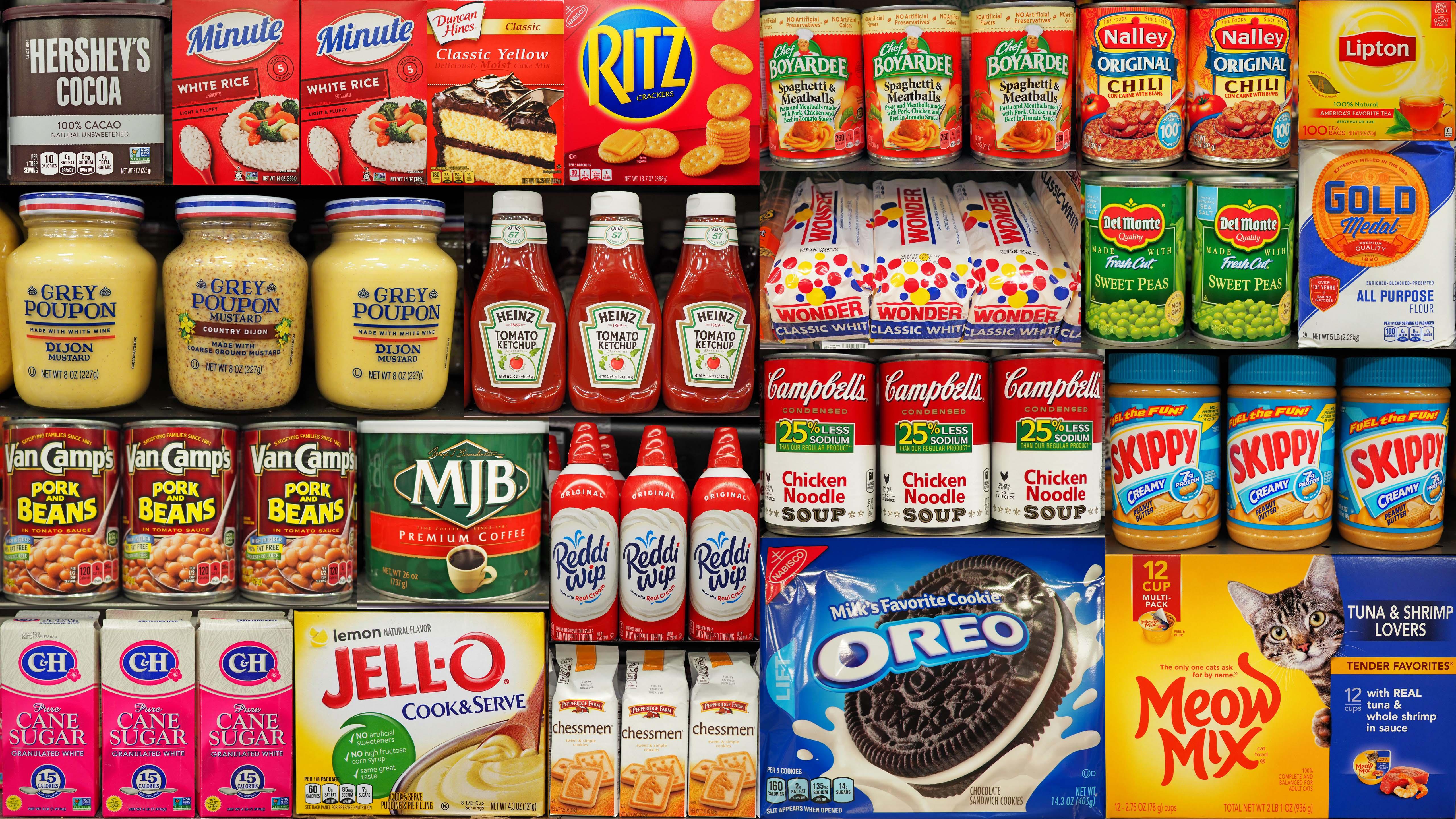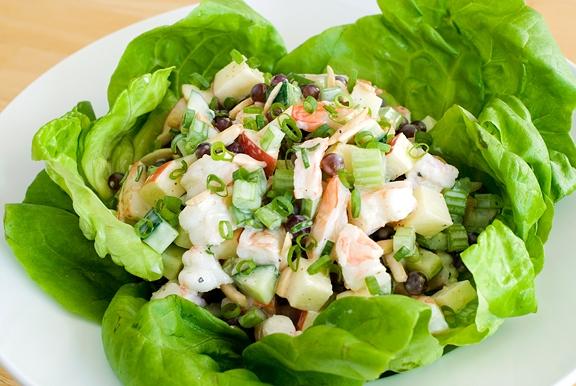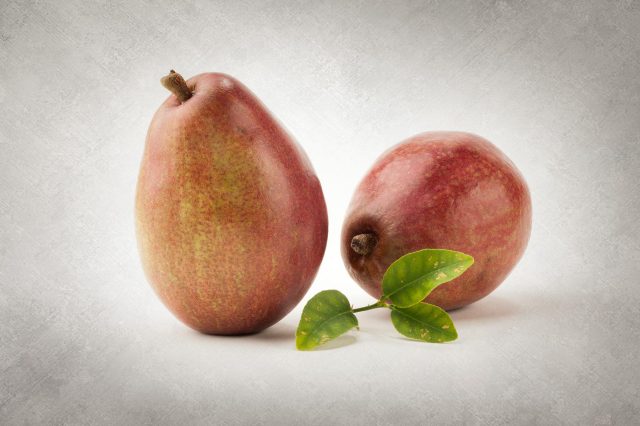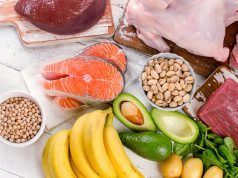In today’s fast-paced world, where convenience often takes precedence over nutrition, many of us find ourselves reaching for processed foods more than we’d like to admit. These quick and easy options, while satisfying in the short term, can lead to long-term health concerns that are worth addressing. If you’re reading this, you’re likely already aware of the benefits of reducing your intake of processed foods and are looking for practical ways to make this shift. It’s important to acknowledge that changing eating habits can be challenging, but you’re not alone in this journey. With a little guidance and a lot of understanding, you can gradually transition to a more wholesome diet that nourishes both body and mind. Let’s explore some approachable strategies to help you cut down on processed foods, without feeling overwhelmed or deprived.
Understanding Processed Foods and Their Impact on Health
In our modern world, processed foods have become a staple in many households due to their convenience and long shelf life. However, understanding their impact on health is crucial for making informed dietary choices. Processed foods often contain high levels of sugars, unhealthy fats, and sodium, which can contribute to various health issues such as obesity, heart disease, and hypertension. By being aware of these components, you can make more mindful decisions about what you consume.
- Sugars: Often hidden under different names, excessive sugar intake can lead to weight gain and increased risk of diabetes.
- Unhealthy fats: Trans fats and saturated fats found in many processed foods can elevate cholesterol levels and increase heart disease risk.
- Sodium: High sodium levels are linked to increased blood pressure, posing risks to cardiovascular health.
| Processed Food Type | Common Additives | Potential Health Impact |
|---|---|---|
| Sugary Cereals | High Fructose Corn Syrup | Increased Risk of Obesity |
| Instant Noodles | MSG (Monosodium Glutamate) | Potential Headaches and Nausea |
| Processed Meats | Nitrates and Nitrites | Higher Cancer Risk |
To mitigate these risks, consider adopting strategies to reduce your processed food intake. Opt for whole foods like fruits, vegetables, and whole grains, which provide essential nutrients without the added chemicals. Start by replacing one processed meal a day with a home-cooked alternative, gradually increasing this practice over time. By making these small changes, you not only improve your health but also develop a more conscious relationship with the food you consume.

Simple Swaps to Reduce Processed Foods in Your Daily Diet
Transitioning away from processed foods doesn’t have to be overwhelming. Start by making simple swaps that can significantly improve your diet without feeling deprived. Here are some easy-to-implement changes:
- Whole Grains Instead of Refined: Swap white rice and pasta for brown rice and whole-grain pasta. Not only do they retain more nutrients, but they also keep you fuller for longer.
- Fresh Produce Over Canned: Choose fresh or frozen fruits and vegetables instead of canned options, which often contain added sugars and preservatives. When fresh isn’t available, opt for frozen as they are often frozen at peak ripeness.
- Homemade Sauces and Dressings: Replace store-bought sauces and dressings with homemade versions. A simple olive oil and lemon juice dressing or a quick tomato sauce made from fresh tomatoes can be both delicious and free from unnecessary additives.
Understanding the impact of these swaps can be further simplified with a quick comparison:
| Processed Option | Simple Swap |
|---|---|
| White Bread | Whole Wheat Bread |
| Canned Soup | Homemade Vegetable Soup |
| Potato Chips | Air-popped Popcorn |
By making these small adjustments, you’ll gradually reduce the processed foods in your diet, leading to a healthier lifestyle. Remember, it’s about progress, not perfection!

Mindful Grocery Shopping Tips to Avoid Processed Products
Embarking on a journey to reduce processed foods begins with mindful grocery shopping. Start by planning your meals and creating a detailed shopping list to keep your cart aligned with your health goals. When you’re in the store, focus on the perimeter where fresh produce, dairy, and meats are usually located. This simple shift helps you naturally avoid the aisles packed with processed options.
- Read labels carefully: Look for products with minimal ingredients and avoid those with artificial additives or preservatives.
- Opt for whole grains: Choose whole grain bread, pasta, and rice over their refined counterparts for added nutrients and fiber.
- Select fresh or frozen produce: Fresh or frozen fruits and vegetables often have fewer additives compared to canned options.
To make informed decisions, use the following table to quickly identify common processed food additives to watch out for:
| Ingredient | Type | Common Use |
|---|---|---|
| High-Fructose Corn Syrup | Sweetener | Sodas, candies |
| Monosodium Glutamate (MSG) | Flavor Enhancer | Soups, snacks |
| Artificial Colors | Color Additive | Cereals, beverages |
By consciously choosing products with fewer and more recognizable ingredients, you can gradually cut down on processed foods and enjoy a healthier, more natural diet. Remember, it’s about making small, sustainable changes that lead to a bigger impact on your well-being.

Creating a Balanced Meal Plan with Whole Foods
Incorporating whole foods into your meal plan doesn’t have to be a daunting task. By focusing on fresh, unprocessed ingredients, you can create delicious and nutritious meals that fuel your body. Begin by emphasizing the following food groups in your daily diet:
- Fruits and Vegetables: Aim to fill half of your plate with a colorful variety of these nutrient-rich options. Whether fresh, frozen, or canned (without added sugars), they provide essential vitamins and minerals.
- Whole Grains: Choose whole grains like quinoa, brown rice, and oats over refined grains to increase your fiber intake and maintain energy levels throughout the day.
- Lean Proteins: Opt for lean meats, poultry, fish, beans, and legumes to meet your protein needs without the added saturated fats found in processed meats.
- Healthy Fats: Incorporate sources of healthy fats such as avocados, nuts, seeds, and olive oil to support heart health and enhance the absorption of fat-soluble vitamins.
| Meal | Whole Food Option | Processed Alternative |
|---|---|---|
| Breakfast | Oatmeal with Fresh Berries | Sugary Cereal |
| Lunch | Grilled Chicken Salad | Pre-packaged Sandwich |
| Dinner | Quinoa and Veggie Stir-fry | Frozen Pizza |
Transitioning to a meal plan centered around whole foods can be a gradual process. Start by swapping one processed item for a whole food alternative each week. Remember, the goal is to enjoy the journey towards healthier eating, not to achieve perfection overnight. By making small, sustainable changes, you’ll not only cut down on processed foods but also discover a world of flavors and textures that whole foods have to offer.








































